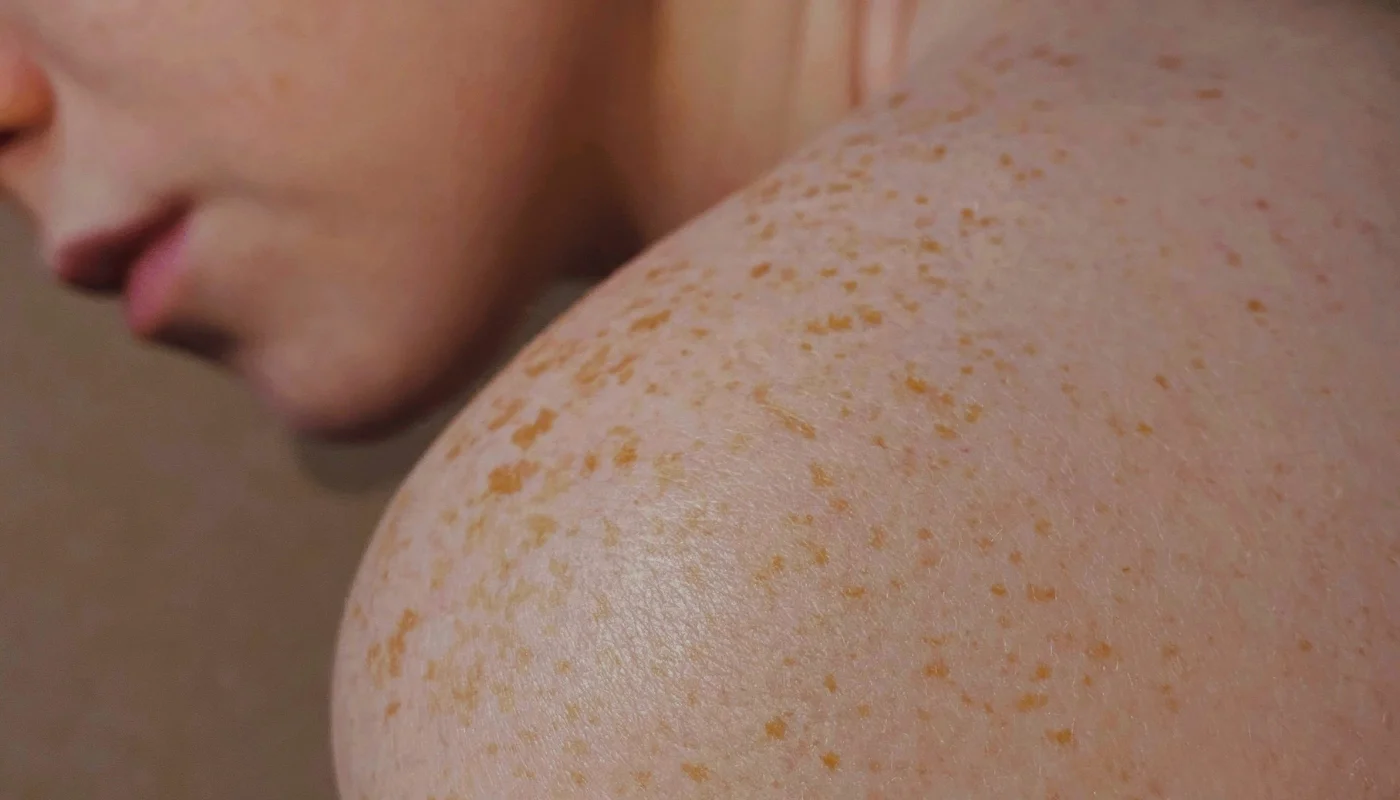The desire for tanned skin is common, especially in tropical countries like Brazil, where the sun is abundant. However, the pursuit of that “golden tone” can come at a high cost to skin health. Although many people still associate tanning with beauty and vitality, the medical reality is different: deliberately tanning is, in practice, damaging your skin.
In this article, we’ll explore why skin darkens in the sun, the different types of ultraviolet radiation, how sunscreen works, the real dangers of tanning — including skin cancer — safer alternatives, and debunk some of the main myths on the topic.
Why does skin darken when we tan?
A tan is a defense mechanism. When exposed to UV rays, the skin produces melanin, a pigment that acts as a natural shield to minimize sun damage. The increased melanin production gives the tanned tone — but this isn’t a sign of health; it’s a sign of cellular damage.
Types of Solar Radiation: UVA, UVB, and UVC
UVA rays: Penetrate deeply, cause premature aging, and alter cellular DNA.
UVB rays: Cause sunburn and are more directly linked to skin cancer.
UVC rays: Don’t reach the Earth’s surface, as they’re filtered by the ozone layer.
That’s why it’s essential to use broad-spectrum sunscreen that protects against both UVA and UVB rays.
Skin Cancer and Premature Aging
Frequent and unprotected sun exposure is the main cause of skin cancer. The most common types include:
Basal cell carcinoma
Squamous cell carcinoma
Melanoma, the most aggressive and potentially deadly form
In addition, sun rays break down collagen and elastin fibers, leading to wrinkles, dark spots, and sagging skin.
When and Where Should You Use Sunscreen?
Many people believe sunscreen is only necessary at the beach or pool, but that’s a misconception.
Daily use: Apply sunscreen even on cloudy days. UVA rays pass through clouds and windows.
Indoors or at the office: If you spend time near windows or use screens with blue light (computers, phones), sunscreen is still recommended — especially on the face.
While driving: Sunlight passes through car windows and reaches your face and arms.
Reapplication: Reapply every 2 hours or after swimming, sweating, or towel drying.
Safe Alternatives to Sun Tanning
If you still crave a tanned look, there are products that mimic skin coloration without harming your health:
Spray tans or self-tanners (mousse, lotions, gels): Contain DHA (dihydroxyacetone), which reacts with skin amino acids to darken the surface layer. They do not provide sun protection but are safe.
Body makeup: Can be used for temporary tanning for events.
Avoid DIY recipes or unregulated products — they may cause allergies or uneven pigmentation.
The Dangers of Artificial Tanning (Bed Tanning)
Although banned in Brazil since 2009, the use of tanning beds still occurs illegally. These machines emit high concentrations of UVA rays, accelerating skin aging and increasing the risk of melanoma by up to 75% when started before the age of 30.
Moreover, artificial tanning is unsafe at any level. There is no “controlled” exposure that’s risk-free.
Tanning Myths and Facts
“Sunscreen prevents tanning.”
❌ Myth. You may tan more slowly, but with less cellular damage.“Dark skin doesn’t need sunscreen.”
❌ Myth. Dark-skinned individuals are also susceptible to skin cancer and premature aging.“Gradual tanning is safer.”
❌ Myth. The cumulative effect of sun damage increases long-term disease risk.“SPF above 30 is overkill.”
❌ Myth. Higher SPF is essential for fair-skinned people or during intense exposure.“The sun is good because of vitamin D.”
✅ Partially true. The necessary exposure is small and safe: about 15 minutes on hands and arms before 10 a.m. or after 4 p.m.
Tips for Effective Sun Protection
Use sunscreen with SPF 30 or higher and broad UVA/UVB protection.
Prefer tinted sunscreens for extra protection against visible light (important for those with melasma).
Wear UV-protective clothing, wide-brimmed hats, and sunglasses.
Avoid direct sun exposure between 10 a.m. and 4 p.m.
See a dermatologist at least once a year to check moles and spots.
Recommended Effective Sunscreens
Dermatologist-recommended sunscreens with broad UVA and UVB protection:
Anthelios (La Roche-Posay) – Especially Airlicium, great for oily skin.
Episol Color or Episol Sec – Excellent adherence for daily use.
Isdin Fusion Water – Matte finish and easy to apply.
Neutrogena Sun Fresh SPF 60 – Ideal for the body, with a light, refreshing texture.
Minesol (ROC) – Good protection with a mattifying formula.
Tip: Reapply sunscreen every 2 hours or after swimming, sweating heavily, or towel drying.
Conclusion
A tan may look appealing at first glance, but the damage to your skin is real and accumulative. Unprotected sun exposure is directly linked to premature aging and increased cancer risk. Prioritizing skin health should come before fleeting aesthetics.
If you want to keep that tanned look, opt for safe and effective alternatives like self-tanners — without compromising your well-being. And more importantly, we should reinforce the idea that healthy skin is beautiful — regardless of its shade.



